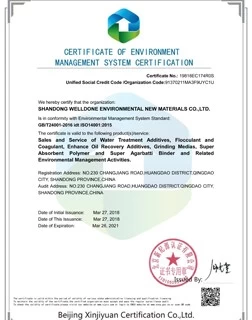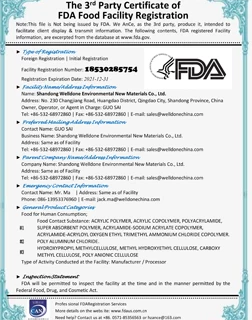HPMC can be used as a dispersant for construction treatment
As a dispersant, thickener and adhesive in construction treatment, HPMC is mainly used for the molding of cement mortar and gypsum products.It is used in cement mortar to increase its adhesion, reduce flocculation, improve viscosity and shrinkage, and maintain moisture retention.Reduce moisture loss on the concrete surface, improve strength, and prevent cracks and weathering of water-soluble salts; HPMC has thixotropic properties and can prepare low-flow, thick gypsum coatings on vertical walls; HPMC can improve adhesion and structural properties. It is suitable for the preparation of easy-to-flow spray mortar for thin-layer coating.
As a dispersant, thickener and adhesive in construction treatment, HPMC is mainly used for the molding of cement mortar and gypsum products.It is used in cement mortar to increase its adhesion, reduce flocculation, improve viscosity and shrinkage, and maintain moisture retention.Reduce moisture loss on the concrete surface, improve strength, and prevent cracks and weathering of water-soluble salts; HPMC has thixotropic properties and can prepare low-flow, thick gypsum coatings on vertical walls; HPMC can improve adhesion and structural properties. It is suitable for the preparation of easy-to-flow spray mortar for thin-layer coating.
The amount of HPMC used in building materials is very small, only 0.1%~1%, but it has a large effect and can be used as a plasticizer, viscosity enhancer, water retention agent, air diversion agent and a retarder for coatings, stucco, mortar, etc.Cement products.This reagent is used to increase processability, water retention or adhesion to the substrate.In addition, it also needs to be environmentally friendly.When mixing dry mortar, the unstable performance caused by on-site mixing and surrounding environmental pollution, poor construction environment and low flow efficiency are avoided.More than 107 kinds of adhesives have been used for ceramic tile adhesives and putty for internal and external walls.From an environmental point of view, it is more ideal to use cellulose ethers, such as HEC and HPMC.
Although cement has good bonding properties, the bonding properties of grout and cement mortar are significantly different due to the different properties and conditions of the bonding layer and bonding surface during the construction process, especially in terms of water absorption properties.The adhesive surface is large. , Will dehydrate the bonding surface, the plasticity of the cement mortar is greatly reduced, the adhesion is reduced, and the bonding strength is greatly reduced.In the past, gypsum or 107 glue was added to cement mortar, but there are still some defects, such as non-measurement, toxicity, and complex construction techniques.The viscosity-enhancing effect of cellulose ether in water and weak alkali.
The effects of adding cellulose ether include:
1.Improve the initial and final solidification time of cement;
2.Increase the limit of cement mortar to overcome pressure;
3.Improve the water retention capacity of cement and gypsum;
4.Compaction and resistance to cement mortar.Reduced shear strength;
5.The adhesion properties of the mortar have been improved.




.jpg.webp)

